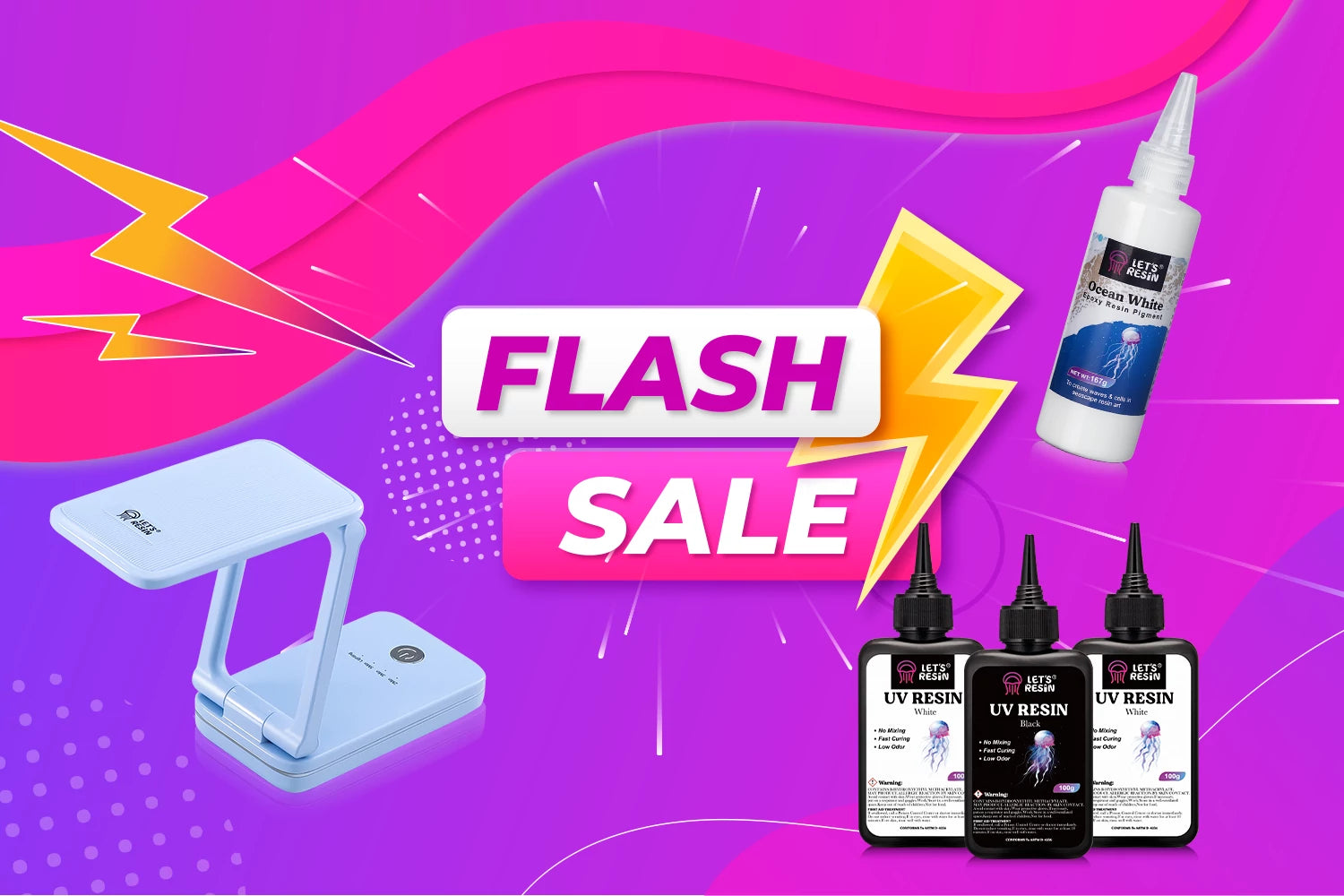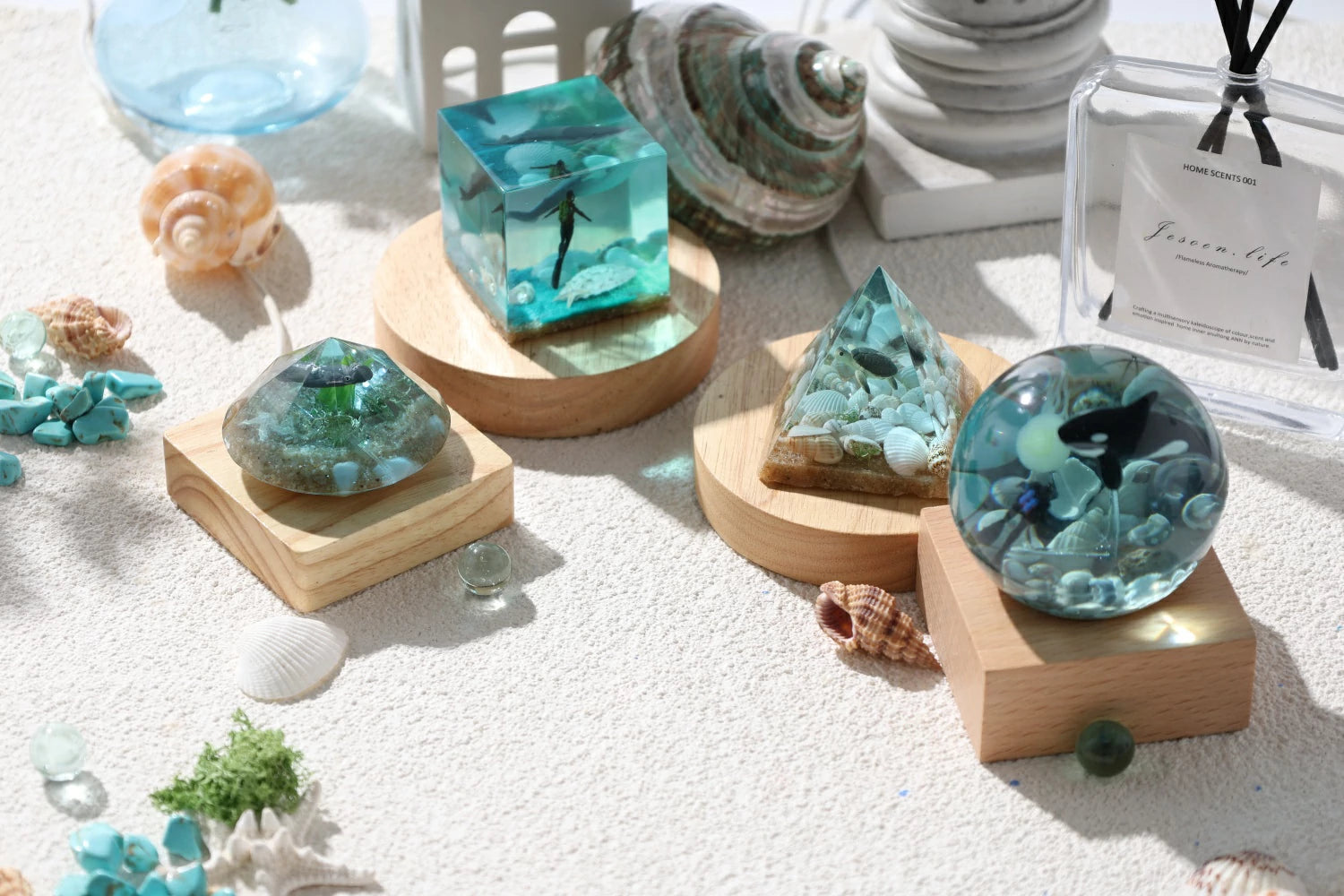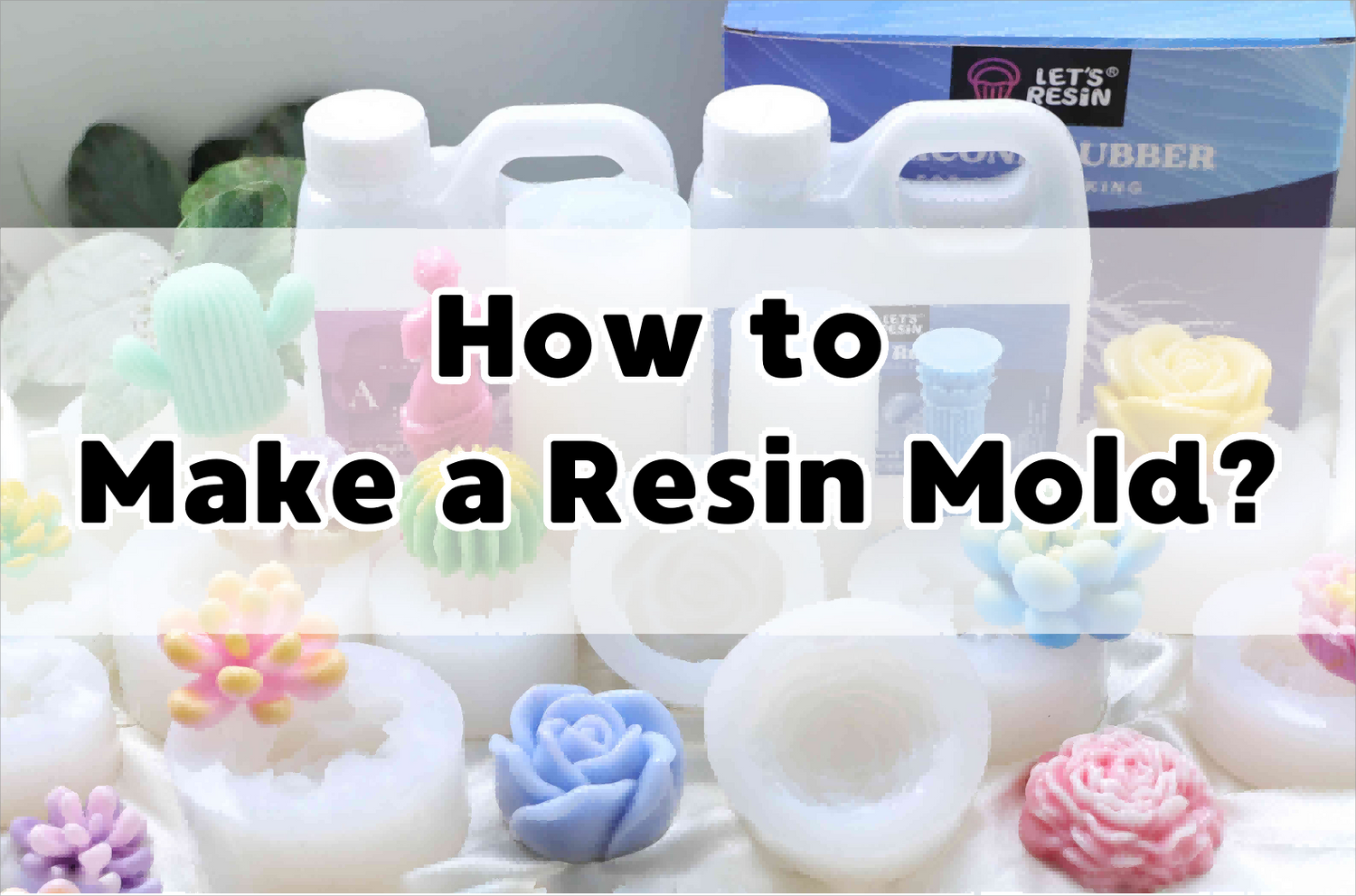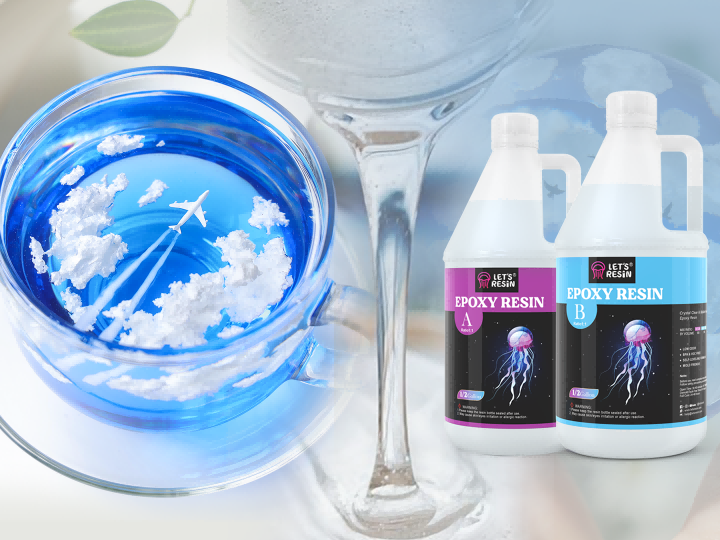Content Preview
Definition of Pigment
Pigment vs Dye | What’s the difference when used in epoxy resin?
Pigment Collection by Physical Properties
-
Liquid Pigments: Liquid Resin Colorant, Alcohol Inks
It's some sort of resin pigment colorant which existed in the form of liquid. Liquid pigment can be applied in any vehicle and mixed to create any shade or colour. It widely used by resin artist s for colour dyeing.(Alcohol ink is a special liquid pigment)
-
Powdered Pigments: Mica Powder, Pigment Powder
Powders pigment won’t stick to the vehicle, it needs some medium to adhere to the vehicle first. Mica powdered mixes well with varnish and bring a sparkly outcome with shiny flakes for your vehicle. Powdered pigments tend to be matte and leave little sparkly in the finished vehicle
-
Paste Pigments
There is a special texture pigment out there, its existed in the status of paste, they impress us with its high concentration and solid color effect, you will definitely need it when creating something requiring high color saturation.
Pigment Collection by Effects
The effects are different when used in epox resin due to their different property, rather than distinguishing the physical properties, most of people want to know the effects that these resin dyes can turn out to be. In this section we will distinguish our pigment from the effects they can bring to resin art, so that everyone can better know which effect you prefer to have.
Let's go with a simple way, we just sort it into 3 way:
1. Regular Effect Pigment
(P IC2:Concentration & transparency of regular effects pigment)
Regular Effect Pigment can simply dye the resin color. It usually appears in a pure & solid color ↓
2. Particular Effect Pigment
(PIC1: Concentration & transparency of special effects pigment)
Particular Effect Pigment: can simplely dye the resin color and bring some extra sparkles/shimmering/colorshifting. It will not only dye the color, can also add glitter or color shifting effects, if you are a big fan of gorgeous final work, don't miss it ↓
3. Alcohol Inks
Alcohol Inks: A special liquid pigment which is popular among resin artist referring to the choices of epoxy resin dye. It maintains the property of opacity, while still retaining the ability to be transparent when placed in front of the light.
There also has 2 kinds of alcohol inks in the epoxy resin market, with/without white alcohol inks. In the case that without white alcohol inks, you can simply drop the alcohol inks upon the vehicle you use. This is how we use our Macaron alcohol inks without white inks ↓
Some alcohol inks needs to be further processed by white inks. in the case of our 14 color alcohol inks which contains 5 bottles of white alcohol inks in supply. White(Deeper) can push the colored inks sink further and deeper than White(Nomal), put one colored ink layer first and cover it with white inks, repeat for 3-5 times(the layer may decided by the final effects you want). The more white inks you use, the deeper colored inks will sink. Drops 5-7 layers of alcohol inks evenly and then you can get a rainbow color resin ↓








1 comment
I bought some molds from you last week and I love them,but I am wondering if you have and kink of .svg to go with them please so I can cut out designs to put on the molds that I make?